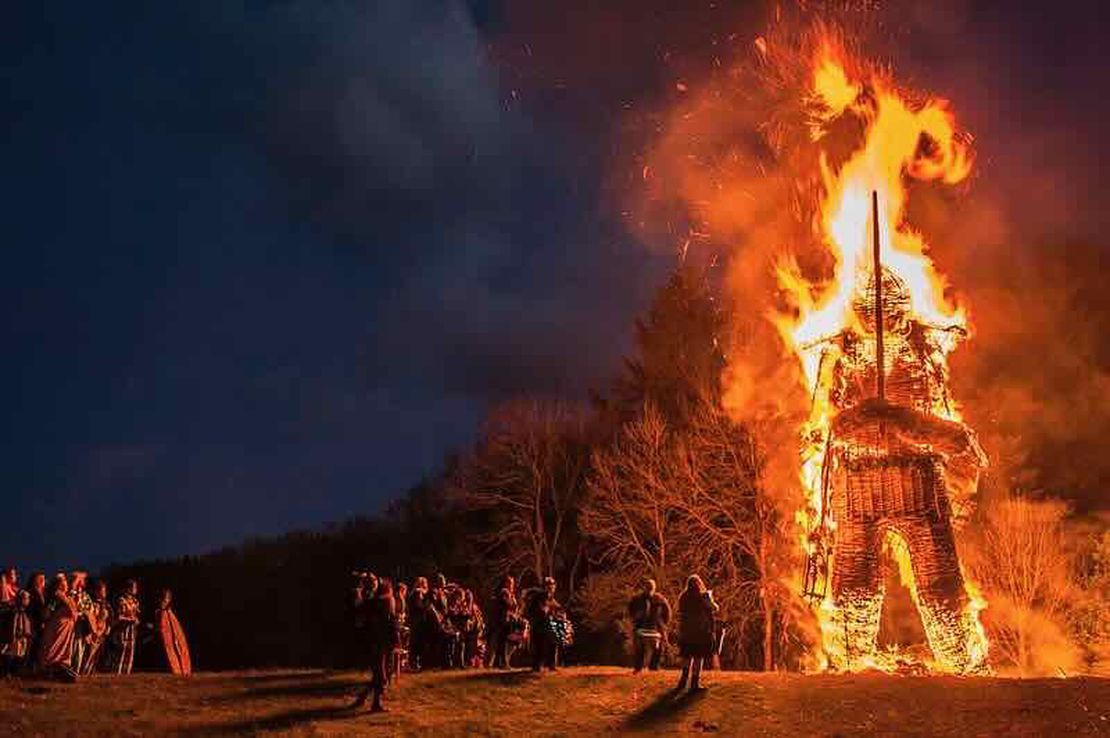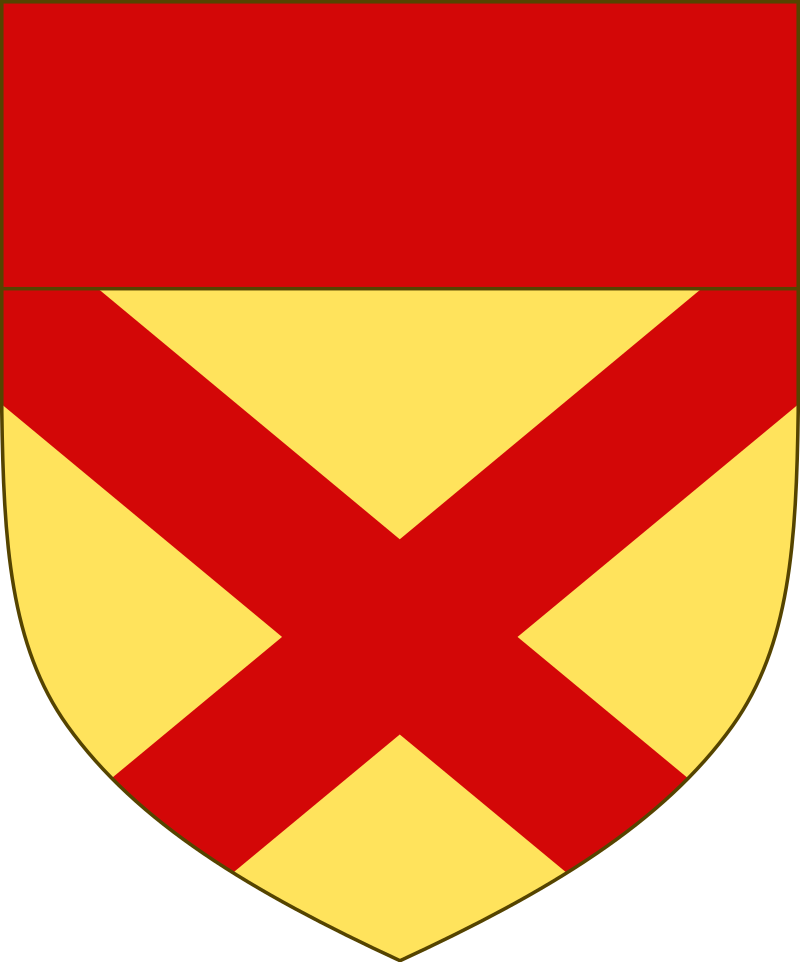- January 1, 1
Beltane, also spelled Beltaine, is a Celtic festival that marks the beginning of the warmer season, usually observed around the first of May. It is one of the four Gaelic seasonal festivals, along with Samhain, Imbolc, and Lughnasadh, and it has roots in pre-Christian, pagan traditions.
Fire Celebrations
Fire is a central element of Beltane celebrations. In ancient times, bonfires were lit to symbolize the increasing strength of the sun as the days grew longer. Cattle were often driven between two bonfires for purification and protection.
Maypole Dancing
Maypole dancing is a common feature of Beltane festivities. A tall pole is erected and adorned with flowers and ribbons. Celebrants then dance around the pole, often interweaving ribbons to create intricate patterns.
Fertility Rituals
Beltane is associated with fertility, and rituals to promote fertility and abundance are common. This includes activities like the Maypole dance, as well as rituals involving flowers, greenery, and the honoring of nature’s fertility.
Feasting and Merriment
Like many traditional festivals, Beltane involves communal feasting and merriment. People come together to celebrate the arrival of warmer weather and the abundance of the growing season.
Thin Veil Between Worlds
In Celtic and pagan beliefs, Beltane is considered a time when the veil between the physical and spiritual worlds is thin. This aspect of the festival is reminiscent of Samhain, the Celtic festival marking the end of the harvest season.
It’s important to note that Beltane has been adapted and celebrated in various ways over the centuries, and modern interpretations can vary. In contemporary times, some neo-pagan and Wiccan communities continue to observe Beltane with ceremonies that incorporate traditional elements and symbols.

 ← First Normans land in Ireland
← First Normans land in Ireland
 Robert Bruce, The Great Competitor and grandfather of King Robert the Bruce, died. →
Robert Bruce, The Great Competitor and grandfather of King Robert the Bruce, died. →